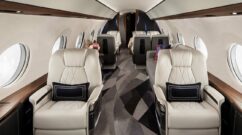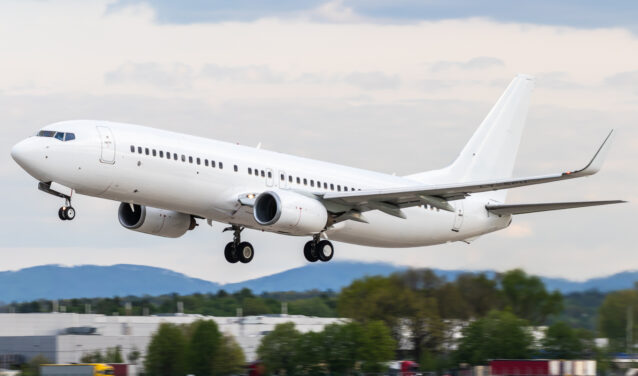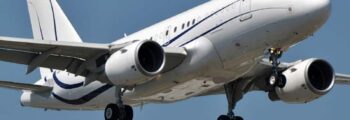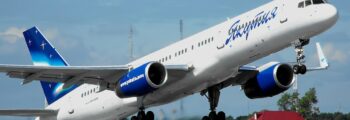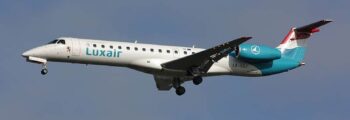Private jet rental from Boeing 737-800 for high-end group flights
The Boeing 737-800 has been a crucial addition to Boeing ‘s aircraft range since its introduction in 1967. It rivals aircraft such as the Gulfstream G650, and with its long-haul capability quickly gained in popularity. Since then, the 737-800 has become a mainstay of the aviation industry. With its single-aisle, twin-jet design, it has adapted to technological developments and market demands. Today, despite competition from theAirbus A320, the 737-800 remains the aircraft of choice. It promotes reliability, efficiency and a proven track record. This airliner combines modernity and performance in private jet rental.
Boeing 737-800: an iconic aircraft
Key dates :
- September 1994: launch of the 737-800 program, aimed at developing a longer, improved version of its popular airliner.
- july 31, 1997: first flight, marking the start of flight tests to evaluate its performance and characteristics.
- March 1998: type certification from the civil aviation authorities, confirming compliance with safety and design standards.
- 1998: The 737-800 enters commercial service shortly after its first delivery
Key figures :
- New purchase price: US$124 million
- Number in service: 4,989 Boeing 737-800s worldwide in 2024
Boeing 737-800 interior
The cabin of the Boeing 737-800 is designed to offer passengers comfort and efficiency. It is generally configured in a 3-3 seating arrangement, with a central aisle. It can accommodate between 162 and 189 passengers, and features spacious stowage compartments for hand luggage. The aircraft also features an entertainment screen, power sockets and USB ports for passenger comfort.
The Boeing 737-800 has a cabin length of approximately 125 feet 10 inches (about 38.35 meters).
The Boeing 737-800 cockpit is configured to facilitate pilots’ work in flight.
It includes:
- Modern LCD screens displaying flight and navigation data
- Flight management system
- Communication and navigation systems with radios, transponders and satellite navigation equipment
Electronic flight controls, offering greater precision in controlling the aircraft. Cockpit seats are ergonomically designed for comfort and support on long-haul flights.
In short, this modern, functional workspace makes for a controlled, pleasant business trip.
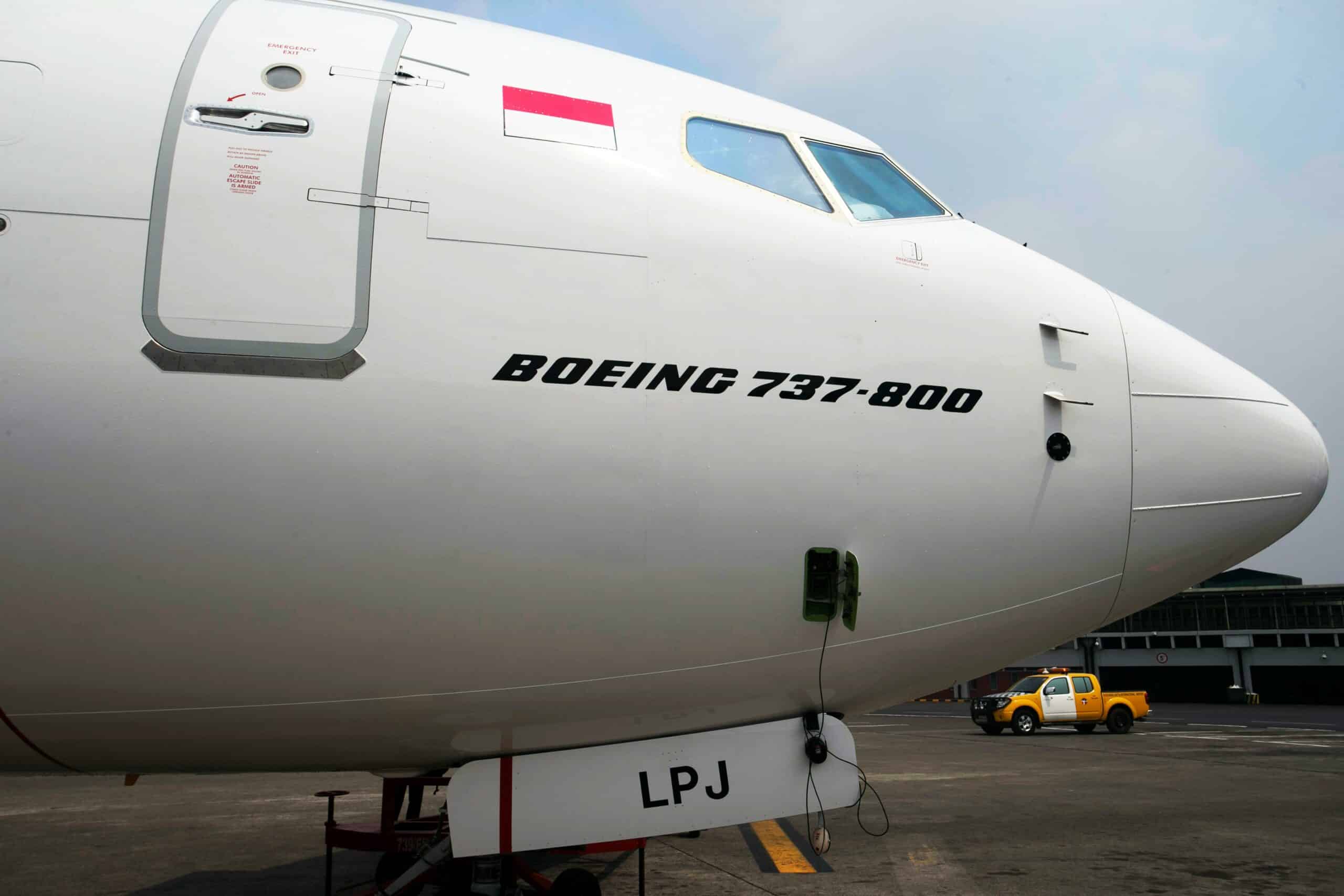
Some examples of rates per connection in Boeing 737-800
The prices below are given as a guide. To estimate the price of your trip, please contact us to draw up a quote to meet your precise requirements.
| From | To | Duration | Plane | Estimated price | Seats | Price per passenger |
|---|---|---|---|---|---|---|
| 🇫🇷 Paris | 🇬🇷 Mykonos | 3:05 | Boeing 737-800 Commercial Airliners | 150 000€ | 50 | 3 000€ |
| 🇬🇧 London | 🇺🇲 New York | 7:35 | Boeing 737-800 Commercial Airliners | 500 000€ | 60 | 8 000€ |
| 🇨🇭 Geneva Cointrin | 🇹🇷 Istanbul | 2:40 | Boeing 737-800 Commercial Airliners | 205 000€ | 55 | 3 700€ |
Do you need a price estimate?
Request for quoteCommercial features of Boeing 737-800
The Boeing 737-800 offers an upscale flying experience for business passengers, combining ergonomics, connectivity and comfort. Its spacious cabin allows passengers to relax and work in complete serenity. The aircraft is also equipped with high-speed Wi-Fi.
Private aviation aboard a Boeing 737-800 offers many advantages. You can modify the cabin configuration to suit your specific needs. You also benefit from personalized service and flexible flight schedules.
The aircraft’s large windows offer an unobstructed view of the landscape, making the journey more pleasant and brighter.
In short, the Boeing 737-800 is an ideal choice for business travelers seeking optimum comfort, connectivity and flexibility.
This airliner meets a wide range of requirements and can be easily customized. Its speed and efficiency make it a crucial asset to business aviation.
Estimate your flight online and receive your quote by email
Technical specifications of Boeing 737-800
 Aircraft
Aircraft
- Manufacturer BOEING
- Model BOEING 737-800
- Classification Commercial Airliners
- Start of production 1994
 Size
Size
- Length 40,06 m
- Height 12.53 m
- Span 35.9 m
 Useful information
Useful information
- Pilots 2
- Flight crew No
- Seats 189
- Luggage compartment volume 50 m³
- Toilet
 Cabin
Cabin
- Interior Height 2.13 m
- Interior Width 3.76 m
- Interior length 20 m
 Performance
Performance
- Motorization 2 CFMI CFM56-7b20 / 7b27
- Cruising speed 850 km/h
- Maximum speed 946 km/h
- Range 5 769 km
- Takeoff distance 2400 m
- Landing distance 1850 m
- Maximum flight altitude 12500 m
 Price
Price
- Hourly rates 17 000 €/hour
- Purchase Price 124 000 000 €
Discover our online comparator
AEROAFFAIRES in figures
Renting private jets
since 1991
20 000
private jets
45 000
completed flights
120 000+
passengers
4,9/5
customer satisfaction
100%
carbon offsetting
Range of action of the Boeing 737-800
Move the centre point on the map according to your starting position
Key Benefits of Boeing 737-800
The advantages of the Boeing 737-800 keep it in demand for business travel. These advantages include
- Capacity
- Long-haul capacity
- Comfort
- Modernized cockpit
- Reliability and safety
- Operational efficiency
- Low fuel consumption
- Wide range of airports
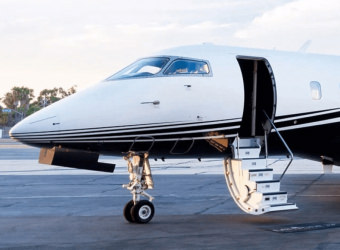
Do you need a price estimate?
Request for quoteA question? Contact our airline experts

Isabelle CLERC
CEO AEROAFFAIRES

François-Xavier CLERC
Founder AEROAFFAIRES
Our airline experts remain at your disposal to help you at every stage of your reservation.



